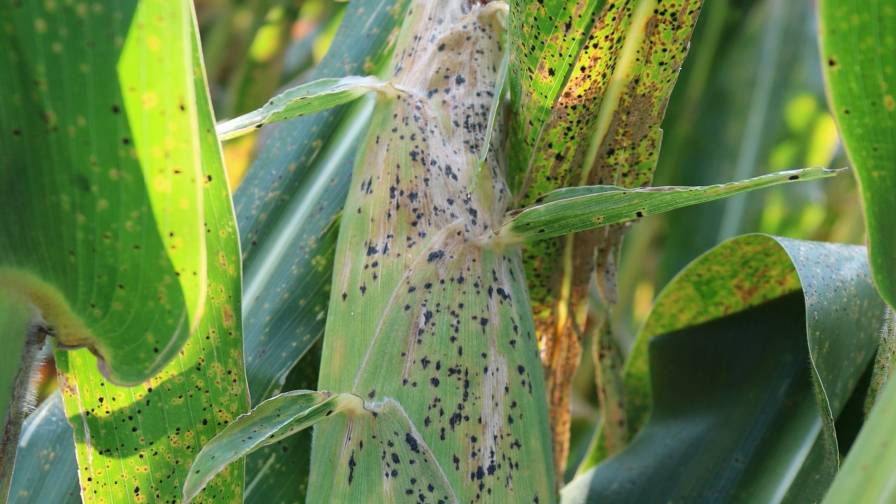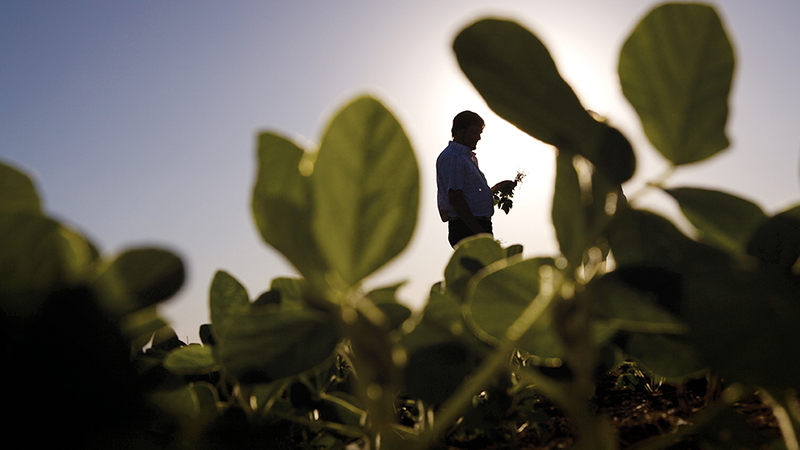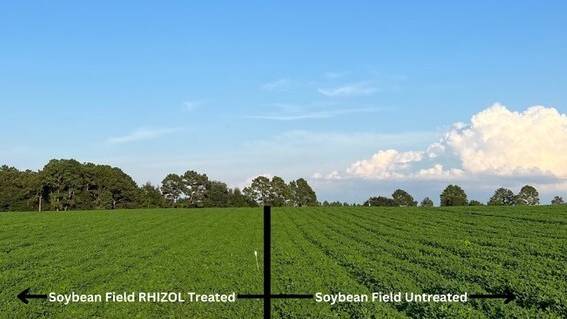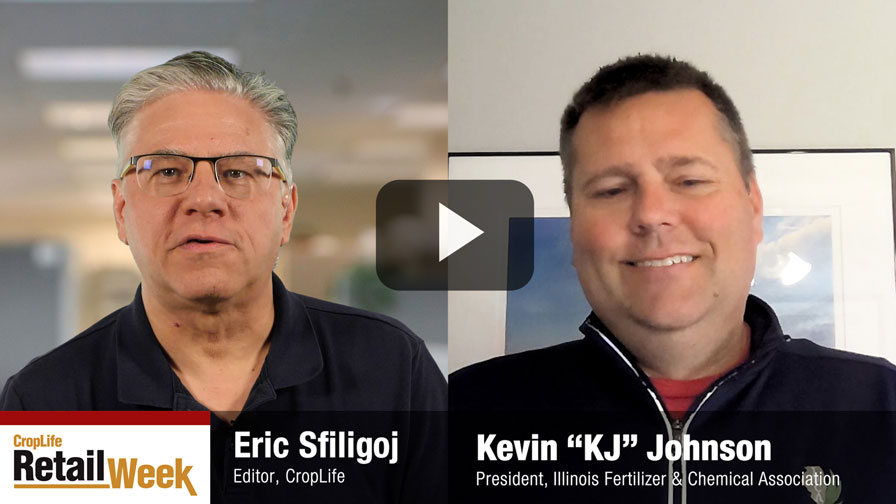3 Ways COVID-19 Is Pushing Ag Data Transformation
We all now know that COVID-19 is changing everyone’s life to various degrees, writes Reinder Prins at PrecisionAg. When it comes to agricultural technology, I think that some of the changes we are currently seeing will become permanent. The coronavirus is forcing many of us to change the way we think and conduct our jobs. These changes will also drive the velocity at which the industry’s digital transformation occurs through exposing weaknesses in our businesses and the true cost of them.
Data management is an important part of all businesses, processes, and interactions between businesses, which is why ag data is so important for growers and their farming partners during times of radical changes such as we’re currently witnessing. These are the three main ways in which the COVID-19 pandemic is pushing the ag data transformation:
1. Increasing Digitization of Ag Data
With social distancing now a common practice around the world, we are getting used to avoiding close contact and not interacting with objects that have been touched by other people in order to avoid COVID transmission. What this means for agricultural data is that it makes historic farm records, that have not been digitized yet, more difficult to access by those who need it. Right now is not the time to sit around the table with a number of people to jointly dig through stacks of paper containing historic information. These “good old days” are gone and will not come back. Instead, the physical “kitchen table discussion” becomes virtual.
Where some growers and agronomists have been digitizing their records for the past 10 years, others have not started yet due to a multitude of reasons. The COVID pandemic will be a strong motivator and catalyst for many to start or continue digitizing their ag data in order to make it better accessible in the future.
Current COVID protection measures will also spur large agricultural companies that buy commodities or sell inputs to demand more information be exchanged with growers digitally instead of in-person or with paper involved. Having supply chain partners demand digital information will be an extra motivator for growers and agronomists to collect all information digitally from the field, instead of having to re-enter it into a computer at a later stage.
Continue reading at PrecisionAg.





